Pivot bikes are finally becoming something less of a rarity in Europe, so those infrequent sightings in your i-spy book might start getting some company as the Arizona-based brand continue to expand and build a pretty solid fanbase. We’ve had the Pivot Mach 429 Trail on test for the past year to see whether this versatile, all-terrain trail bike merits its position over here.
Having heaped praise on the launch of the Pivot Mach 429 Trail as a serious do-it-all bike, we were especially stoked to see whether its initial jaw-dropping first impression would last the course of the season. As it’s no secret that we’re used to longer-travel stallions, we’ll be straight with you and admit that, yes, we were a little skeptical about the Pivot’s miniscule 116 mm travel. Would this really give us enough reserves on burly trails? After nine months with the 429 Trail, it’s clear that there’s a lot of beastliness hidden in those figures!
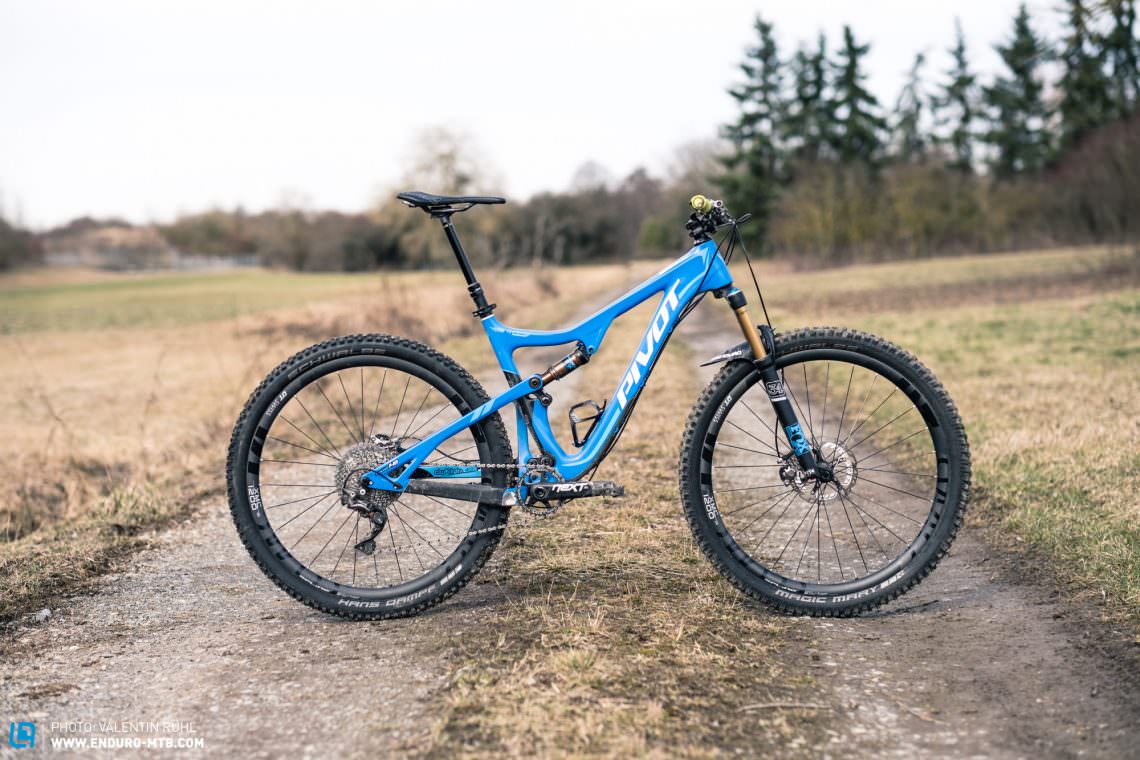
The Pivot Mach 429 & its ride
Over the course of the test, the Pivot Mach 429 delivered a raucous, no-holds-barred performance that confirmed its status as an all-purpose weapon! Charging on the flat and zipping up the climbs like an XC bike, the 429 Trail has one of those climbing styles that can probably make you kid yourself that it’s because of from your new-fit-for-2017 self. On long rides, it’s ultra efficient and lollops up long, gravel road climbs. As the rear is achingly efficient, it’s able to consistently offer a lot of traction on techy climbs.
But have Pivot focused too much on its climbing game and overlooked the downs? Not at all! From smooth, flow trails to rutted, nasty ones, the 429 Trail brings its low weight and balanced handling to the front of the pack and rings the bell for another playful round.
Instead of being cumbersome, those big 29er hoops are in their element on mellow, high-speed sections, covering ground in maglev-style. The 429 also keeps composed when the trail gets burlier and the ruts deeper, so it’s only when your own conscious tells you that you’re perhaps better to ease off that you realize it doesn’t quite have the heavy-hittingness of its bigger brother, the Pivot Switchblade. In those situations you’ll also feel the relatively short reach, that is responsible for the playfulness to some degree, but makes the bike less stable at high speeds and in rough sections.
Changes during the season
Alongside the useful sag indicator, all the Pivot bikes come with a mega practical guide on setting up, which basically produces a great base setting so it’ll help less experienced riders to weasel out the best from their suspension. Once up and running, the recommended suspension set-up on the Pivot Mach 429 Trail actually provides a really decent performance, although it’s a little undefined at high speeds.
We added a bigger volume spacer to the FOX FLOAT DPS rear shock to up its progression and improve how it responds to big hits. We did the same up front to the FOX 34, which arguably wasn’t fully necessary in terms of comfort as it was already riding well, but it now keeps it higher in its travel and gives more feedback from the terrain.
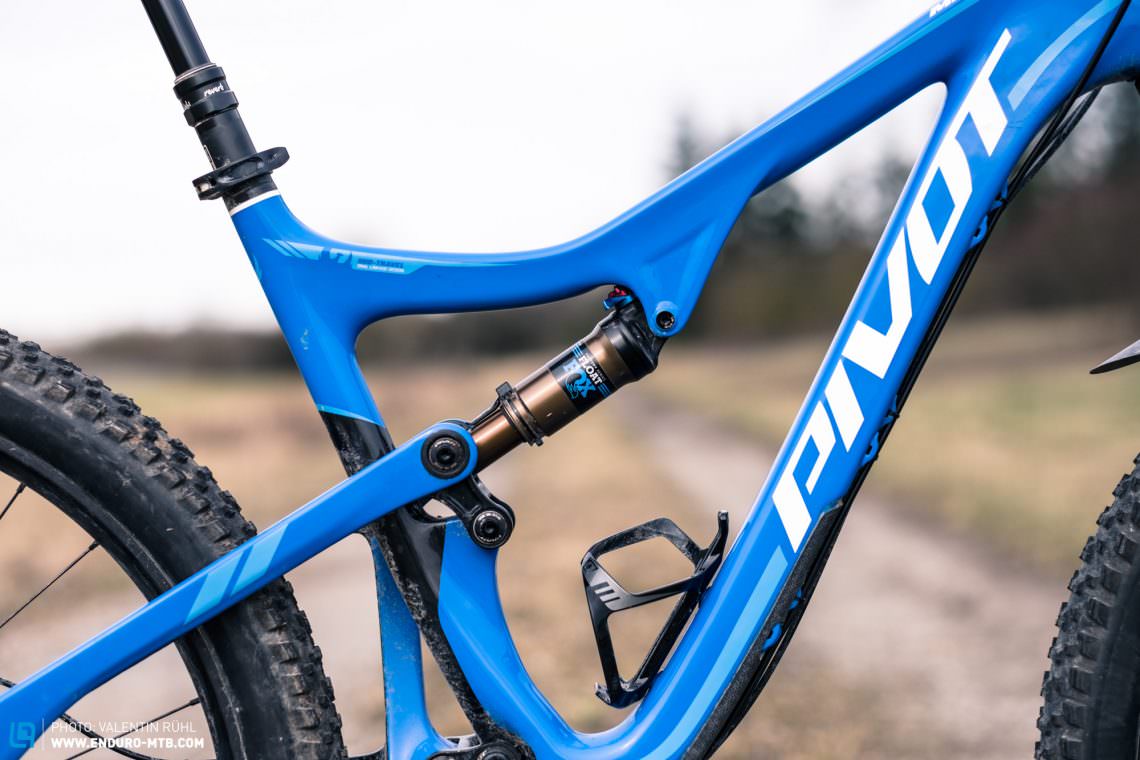
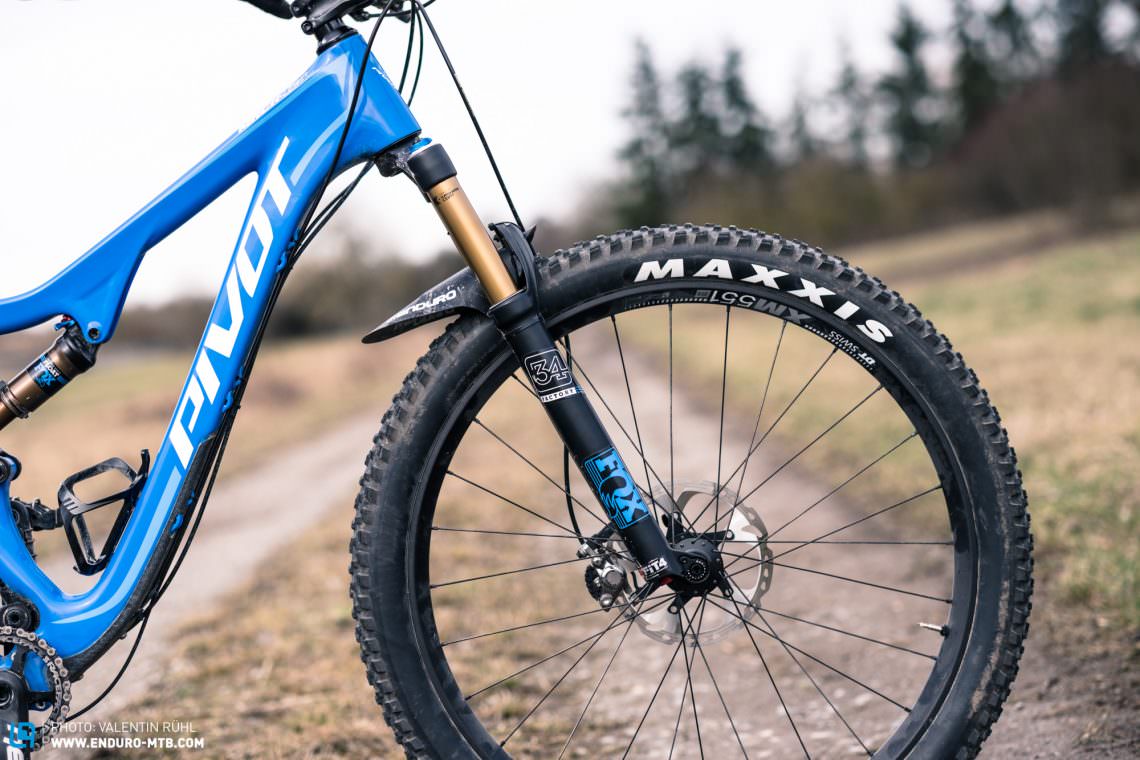
We’ve had the XTR build on test, which Pivot have specced with the ultimate parts that justify its € 8,888 price tag. But, as with any bike, an off-the-shelf build won’t suit everyone so our tester has curated certain select changes to suit his riding. The Mach 429 Trail is more than suited for getting loose on descents, but it needed a decent supply of grip – hence the call-up of a Schwalbe Magic Mary at the front and a Hans Dampf at the rear. These might even seem too burly for the Mach 429 but all they really do (other than perform skillfully) is tilt the bike’s purpose slightly more towards the descents. We’ve also gone tubeless onto the DT Swiss carbon rims.

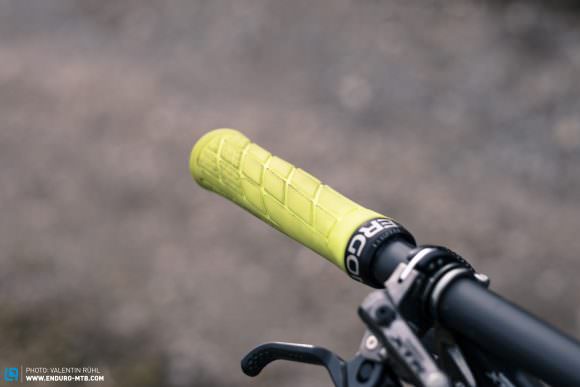
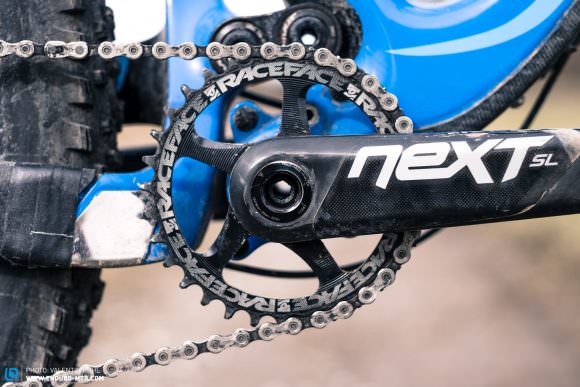
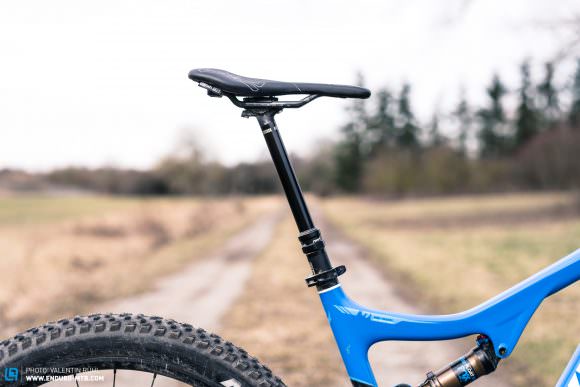
Durability
In the best sense of the word, the Mach 429 Trail’s carbon frame was basically a no-brainer during testing. Its paintjob has come out virtually unscathed and the bearings are all as good as new. The chainstay protector did come unstuck, but Pivot have responded and said that they’ve already come up with a more stable solution for upcoming bikes. Pivot’s choice of external cable routing does make it easier to service the bike, but you have to pay attention while cleaning it after every ride. Other than switching some brake pads and a new chain, we haven’t had to do anything else and the Shimano drivetrain has continued to perform in even the sloppiest conditions. After a hard season the suspension is now ready for a service and the bearings of the bottom bracket are not running all that smooth anymore, but these things are subject to normal wear and tear.

Please, Sir, can I have some more?
While Pivot originally launched the Mach 429 Trail with 29″ wheels, it is actually compatible with plus-size tires, which we found made a significant impact on how it handles in techy terrain thanks to their added traction and stability. However, the plus-size tires mean you’ve got a slightly lower bottom bracket height, which takes some getting used to. During testing we tried both set-ups on a regular basis, but concluded that we’d definitely go for the 29″ wheels with grippier tires, such as those we added in the long-term test.
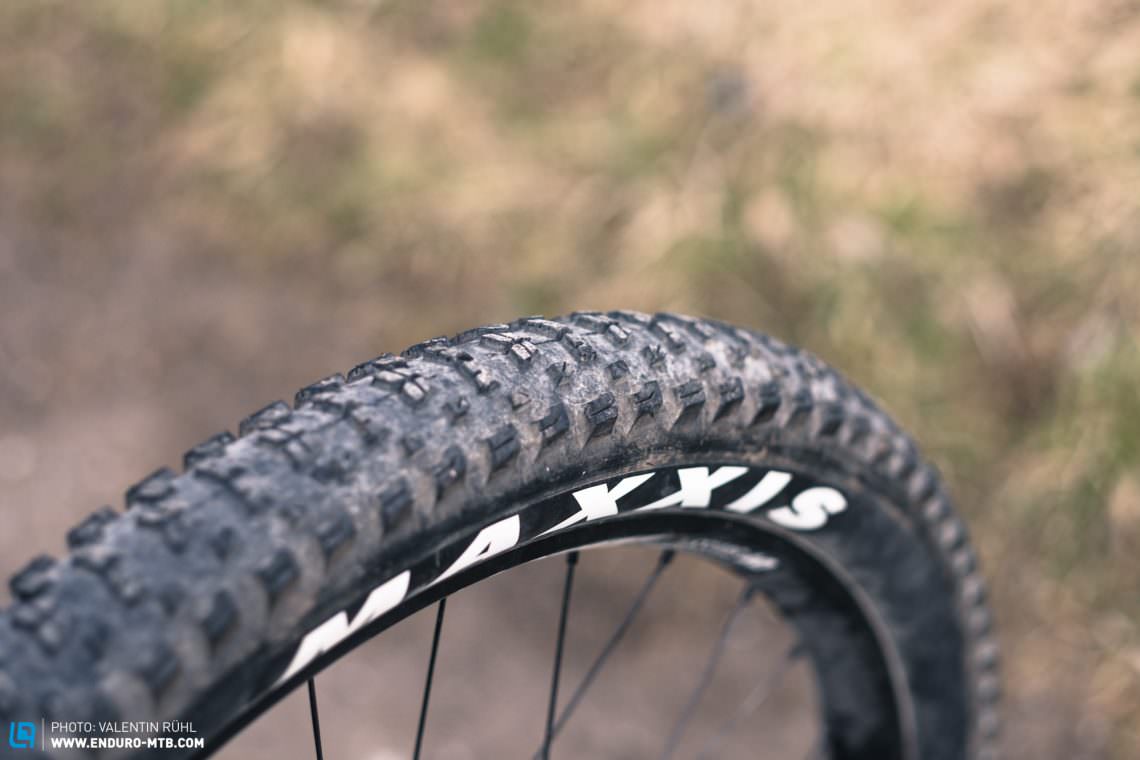
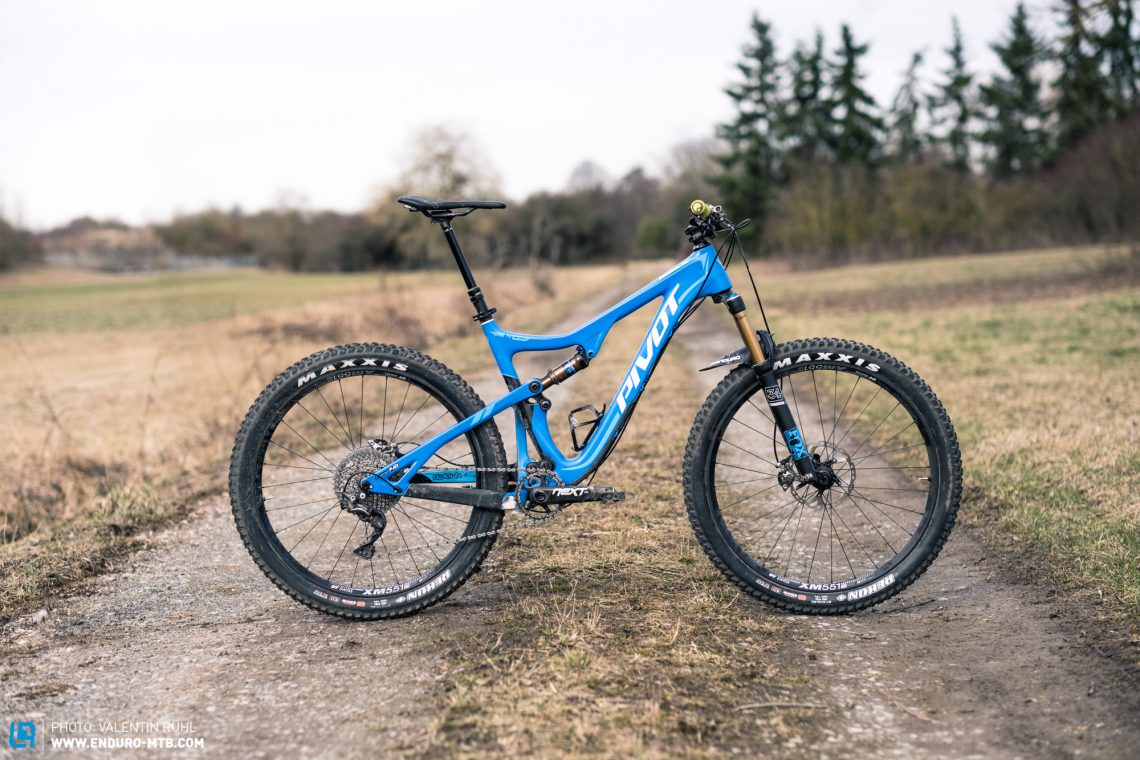
Our thoughts
Even after a year’s worth of trails, the Pivot Mach 429 Trail ticks just as many boxes as it did when it was fresh out of the box (especially with those more aggressive tires). Way more fun than its short-travel numbers would ever let on, this lightweight trail bike has got through the season without a grumble and confirmed our first impression. Able to exploit the benefits of being a 29er while still keeping a playful and poppy edge, this superb all-rounder will appeal to a huge spectrum of riders from XC to trail and back again.
For more info on the Mach 429 Trail head to the Pivot website.

Did you enjoy this article? If so, we would be stoked if you decide to support us with a monthly contribution. By becoming a supporter of ENDURO, you will help secure a sustainable future for high-quality mountain bike journalism. Click here to learn more.
Words: Photos: Christoph Bayer, Valentin Rühl









